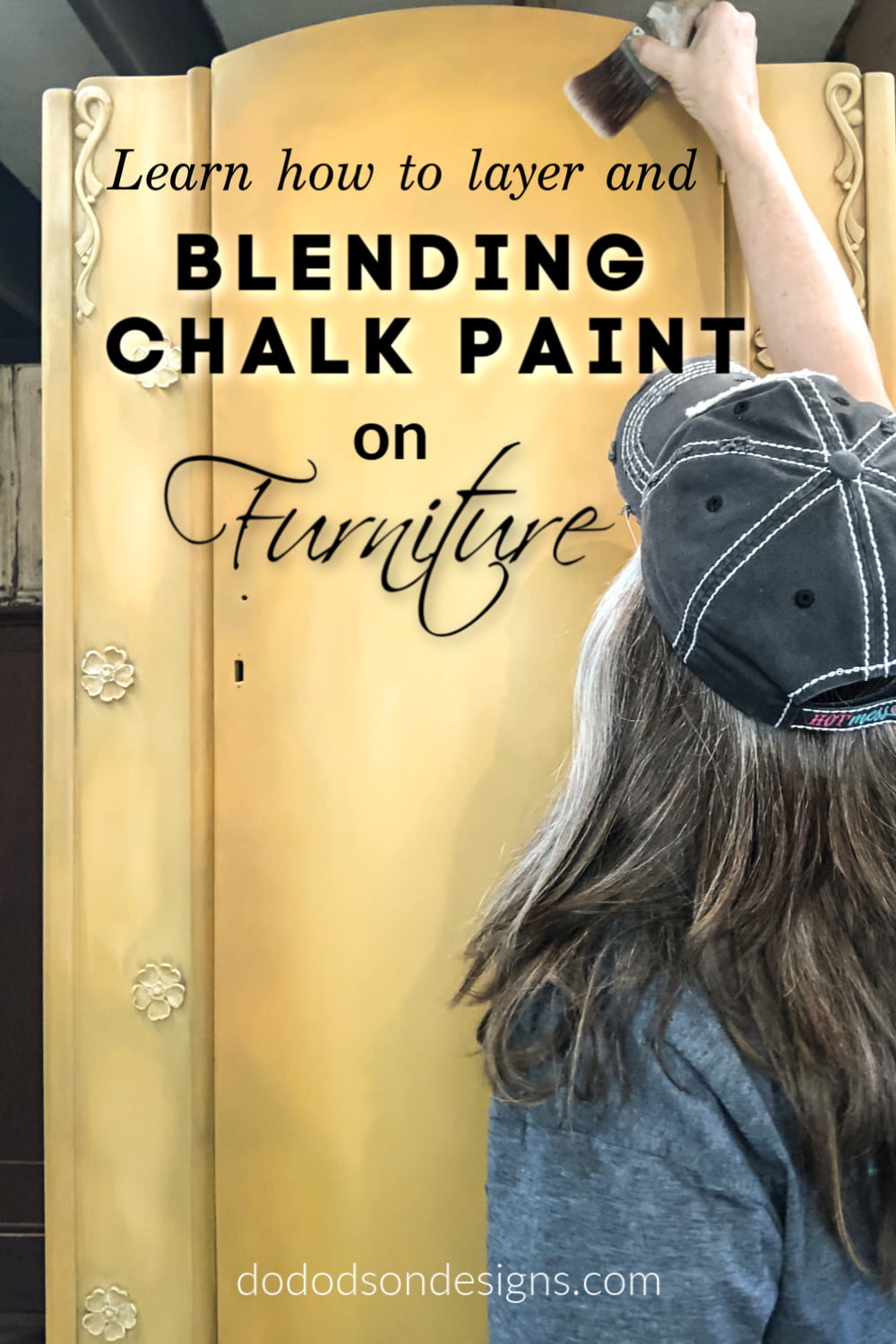
Hello, my furniture painting fanatics! YELLOW is the color in the house today… and we are going to go into detail about blending chalk paint colors on furniture. So, get ready to dive in deep while I share my BEST tips for this beautiful technique that you can apply to your furniture too.
This post contains a few affiliate links to help you find the products I use. You are not charged extra to use any of the links, but any income I make will be used for more fun projects! To see my full disclaimer, click here.
Blending Chalk Paint On Furniture
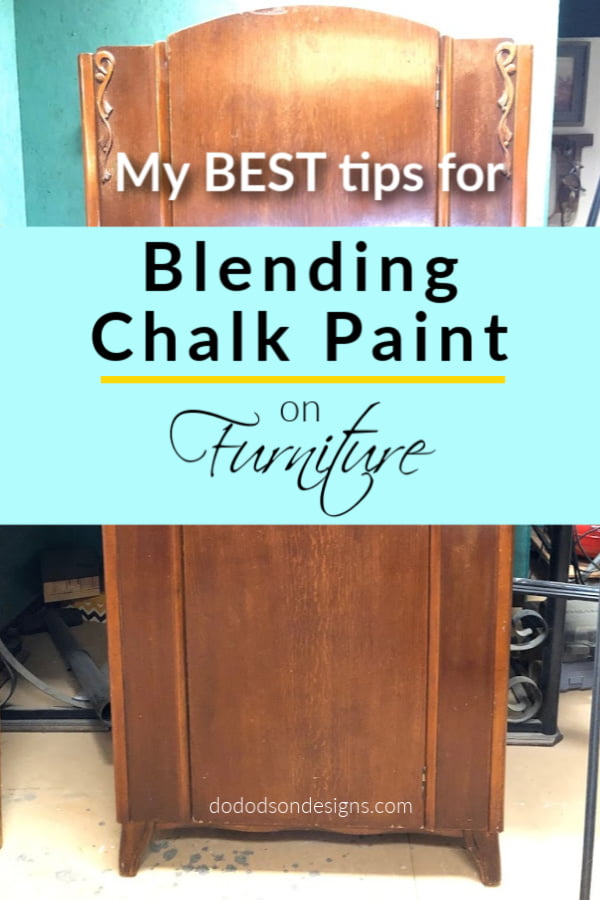
Before we get started, I put together a list of the products you’ll need for blending chalk paint on your furniture. Click on the products in the list below if you need to find where to purchase them and all the products used for this makeover.
- Chalk Mineral Paint (Colonel Mustard, Pine Cone, Butter Cream)
- Paintbrushes
- Fine Mist Spray Bottle
- Paper Towels
- WoodUbend (wood appliques)
- Titebond Wood Glue
- Heat Gun
Oh, and don’t forget to prep your wood furniture before you paint. CLICK HERE to learn more. Don’t make this mistake!
WoodUbend… add details!
Here is a fun way to add beautiful details without a lot of hassle. It’s called WoodUbend. These little nuggets are made from compressed sawdust and molded into amazing appliques that bend when heated up to conform to the surface area when applied with wood glue. It can even be applied to rounded corners if you feel fancy. If you want to learn more about the application and watch a short video on how to… CLICK HERE.
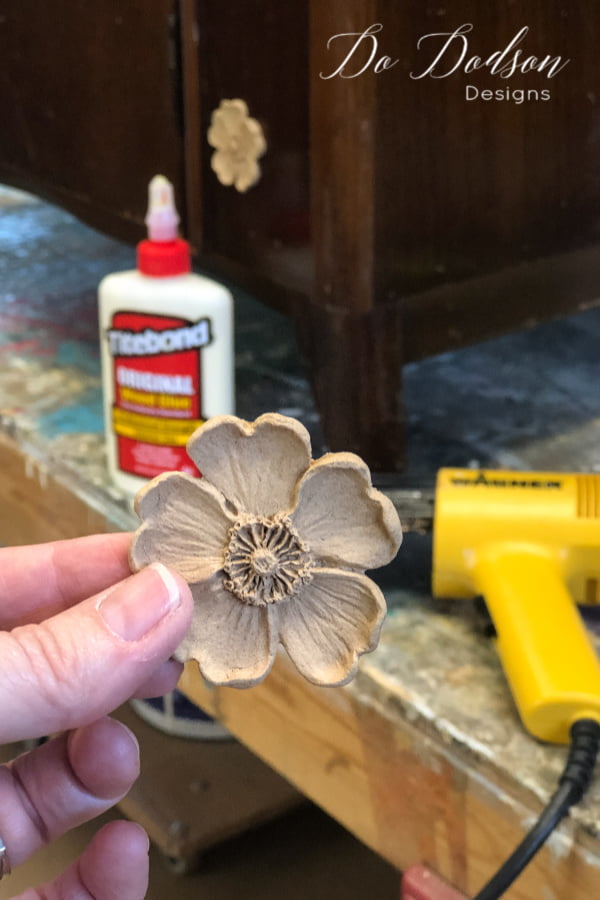
Chalk Mineral Paint For Blending
Are you ready? Let’s talk about chalk paint before we get started on today’s subject of blending chalk paint. I have my favorite, but it’s up to you to see what works best for you. I like this one, but you probably knew that already. You’ll want a chalky-based paint that will harden over time but one that reactivates with water before it completely cures. That’s where the blending of chalk paint comes in. The truth is, drying times matter when you’re working with chalky-based paints, and you need to know what your chalky paint can and cannot do as far as reactivating and blending with water. For me, the only way to know is to test it and test it again. I practiced blending two paint colors over and over until I got the results I wanted.
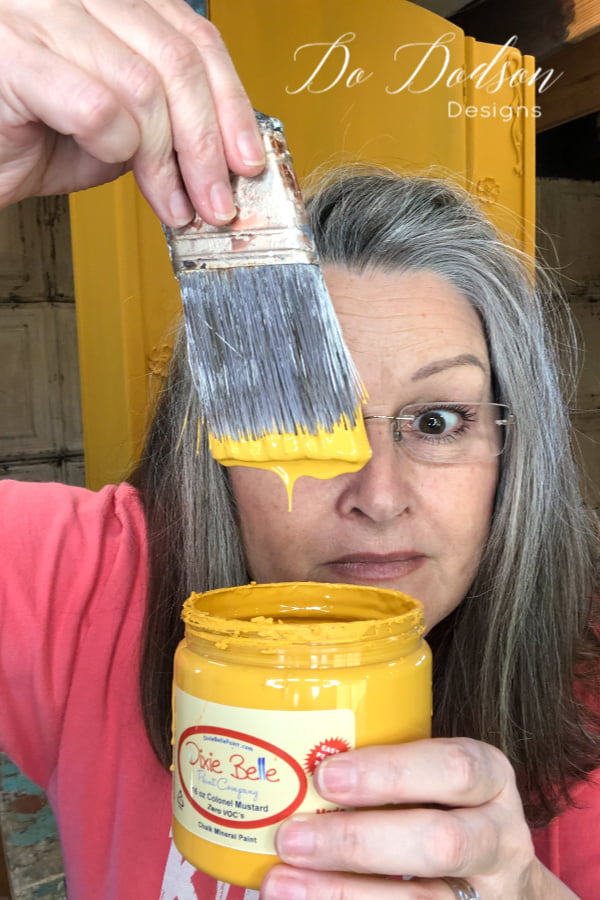
So, don’t kick yourself if your first attempt is less than the desired outcome you expected. Practice makes perfect! Trust me, no way this little duckling would have turned out so well if this had been my first attempt.
Tip #1 Blending Chalk Paint 2-3 Colors
Chose 2-3 colors that are complementary to each other. For example… for this piece, I chose Colonel Mustard (yellow), Pine Cone (brown), and Butter Cream (off-white). Blending chalk paint is much easier when the colors are cohesive. One-color blends into the other, creating a third color, and you can create some amazing finishes when colors collide.
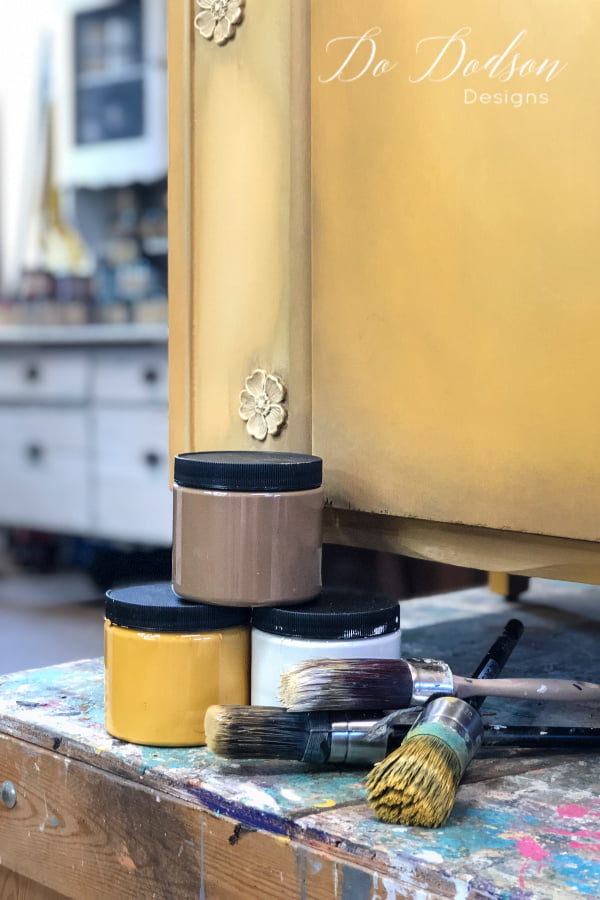
Tip #2 Good Quality Synthetic Paintbrushes
You will need good synthetic paintbrushes for blending chalk paint. I prefer round brushes, but there is no reason that you can’t use your standard synthetic paintbrush. It’s a personal preference, but if my round brushes are all dirty, and will grab whatever I have clean and go to town. The technique is more important than the style of paintbrush you’re using. Just make sure you use a quality synthetic paintbrush.
Tip #3 Get Prepared Ahead Of Time
Prepare the area you’re working in. Get all of your supplies together in one place. Once you start painting, you’re going to need your full attention on the task at hand: paint, water mist bottle, paper towels, and paintbrushes. Use one paintbrush for each color you chose. Turn off your cell phone! Lock the door! Do whatever you need to do to be ZEN and feel peaceful and calm about the art you are about to create. This is your time, and paint can be extremely therapeutic.
Tip #4 Apply A Basecoat First
Apply 1-2 coats of your base color (yellow) and allow it to dry overnight before you start blending chalk paint on your project. Dry time should be a good 12 hours so that all of the water has had time to evaporate from the paint. The paint is still technically wet when it’s dry to the touch, and it can take hours to days depending on the temperature and humidity for chalk paint to dry properly. Yes, a heat gun or blow dryer can speed up this process, but I’m not a fan of shortcuts when I’m blending chalk paint. Take your time and do it right for the best results. If the base coat isn’t allowed to fully cure and dry well, blending paint and water on top of the base coat will break it down and cause it to pull away and leave you with exposed wood.
It’s like pouring water on water. Then you’ll be crying! Not a pretty picture. If this has happened to you, you know exactly what I’m talking about.
Tip #5 Use 1 Paintbrush Per Color
You will need to use a different paintbrush for each color for the best results. Three colors = three paintbrushes. Hey, you’re an artist now, and artists have lots of paintbrushes. 🙂
Tip#6 Blending Chalk Paint On Furniture
Paintbrushes should always be water-dampened before blending chalk paint. Your fine mist spray bottle of water (I use bottled water) is your best friend! Start by applying the same base color (yellow) in the area you want to blend. Using the fine mist spray bottle, lightly mist the water as you apply the paint. You’ll want a thin coat of paint for the best results. Immediately apply a tiny amount of the second color (Pine Cone) and start blending the two colors. Be mindful that you now have a different color of paint on your brush to brush over into another area. I use paper towels or cotton cloth to clean the brushes as I paint instead of water. Use the smallest amounts of paint. Remember, you’re not painting to cover the wood but to blend the two colors.
This technique will take time and practice. Each time you blend a different color, use the base color (yellow) as your blending base for the other colors you apply. This creates a cohesive look, and soon you’ll be blending paint like a pro.

Tip #7 Use The Soft Touch Approach
Blending chalk paint is a delicate balance of paint, water, and just the right amount of pressure with your paintbrush. Let the paintbrush do the work. Practice different brush strokes and pressures to see what works best for you.
Tip #8 Don’t Overwork When Blending Chalk Paint
Chalk paint typically dries pretty quickly but using the fine mist spray bottle with water helps keep the paint moving. You’ll get to a point when blending chalk paint and think to yourself, “oh, this looks amazing,” and then you will go too far. STOP! Walk away if you’re not sure and let it dry. You will be pleasantly surprised that blended chalk paint looks a lot better when it’s dried.
Tip #9 Drybrushing
As your blended chalk paint begins to dry, try using a clean, dry brush and softly blend any fine lines that may have occurred during the blending while using a paper towel to clean the brush periodically to prevent the colors from mixing.

Tip #10 Don’t Be Afraid To Experiment
Practice, practice practice! Don’t be afraid to experiment with different color combinations. In the beginning, you’ll want to stick to similar colors, but there are no rules when it comes to blending chalk paint on furniture.
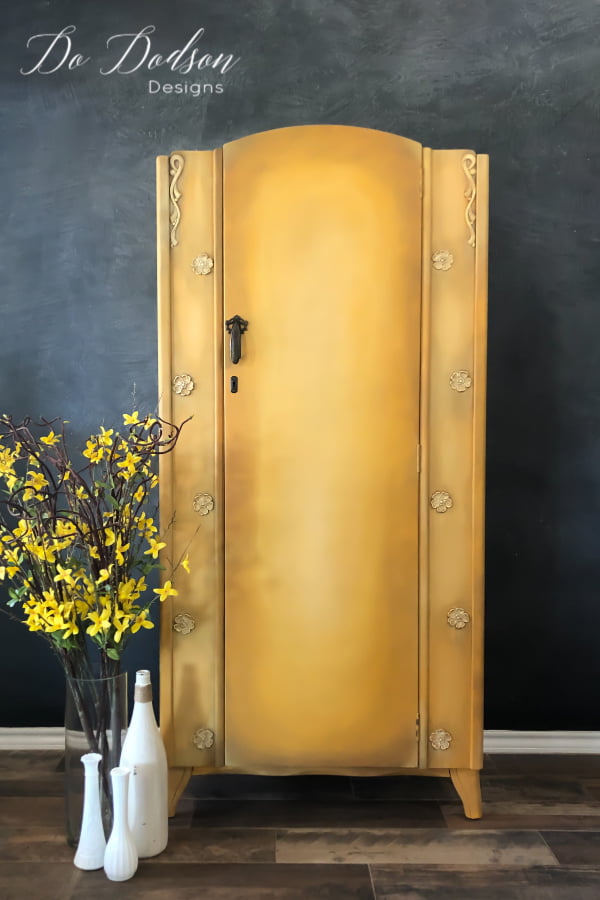
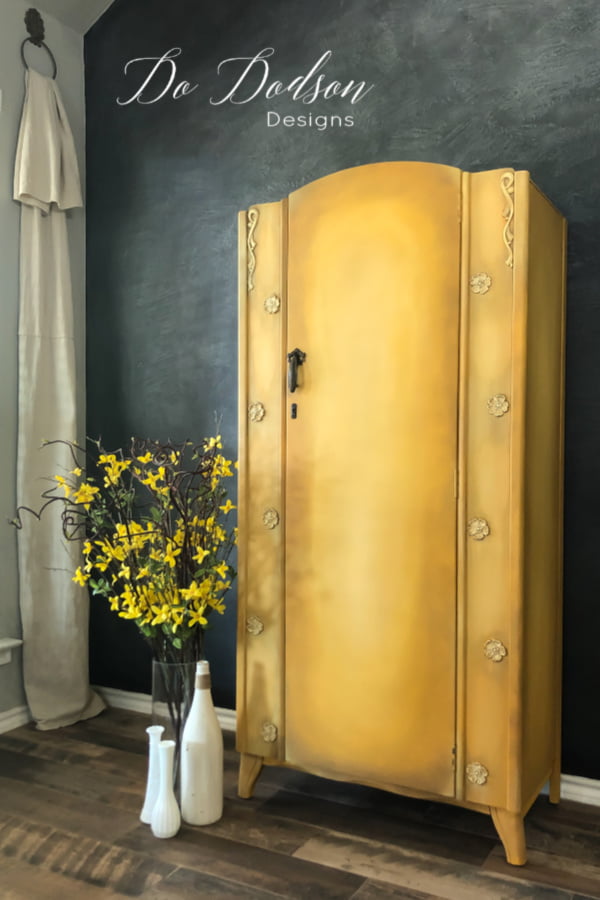
I got sunshine on a cloudy day! Nothing says happy like the color yellow. I am glad you decided to drop by and hope this has answered some questions or concerns about blending chalk paint on furniture. And as always, I welcome all comments below.
Until the next project… xo, Do
* A video tutorial for this finish is available in The Art Of Painting Furniture with many other finishes. You can learn right from the comfort of your very own sofa. CLICK HERE to start learning right away.

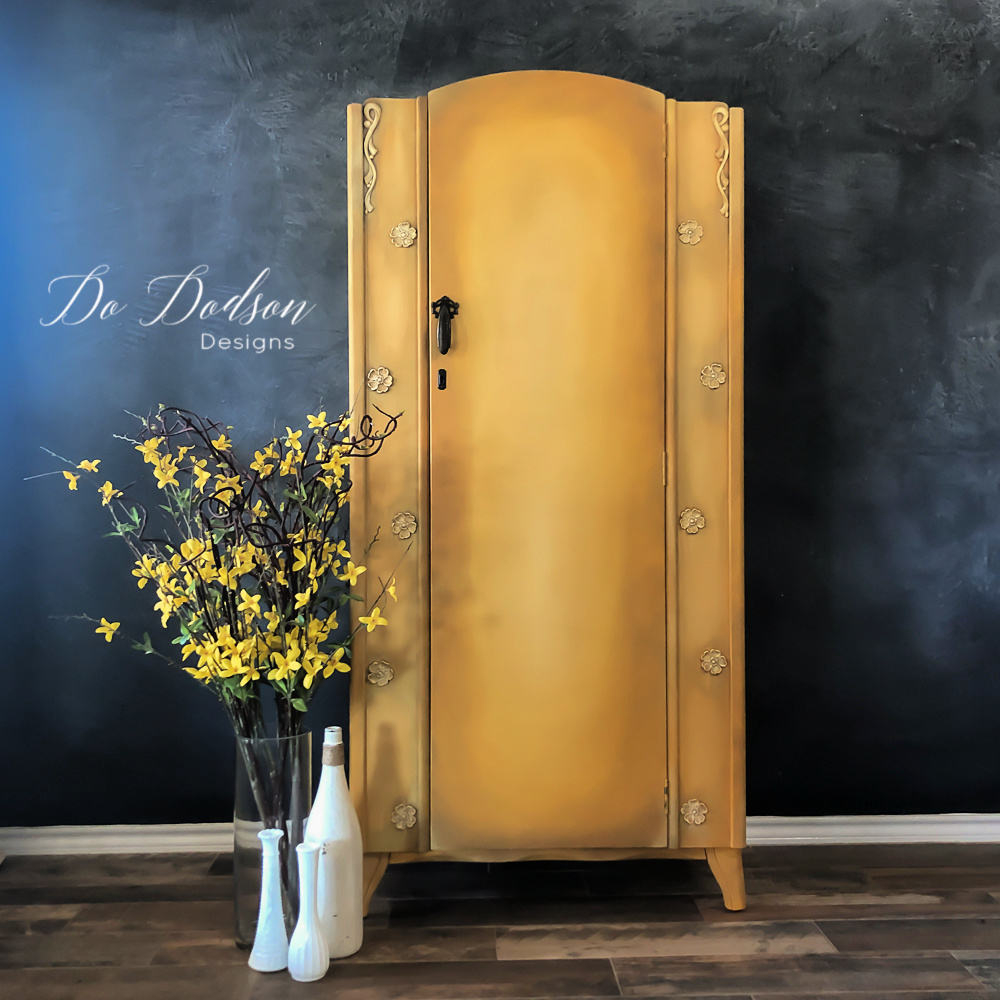

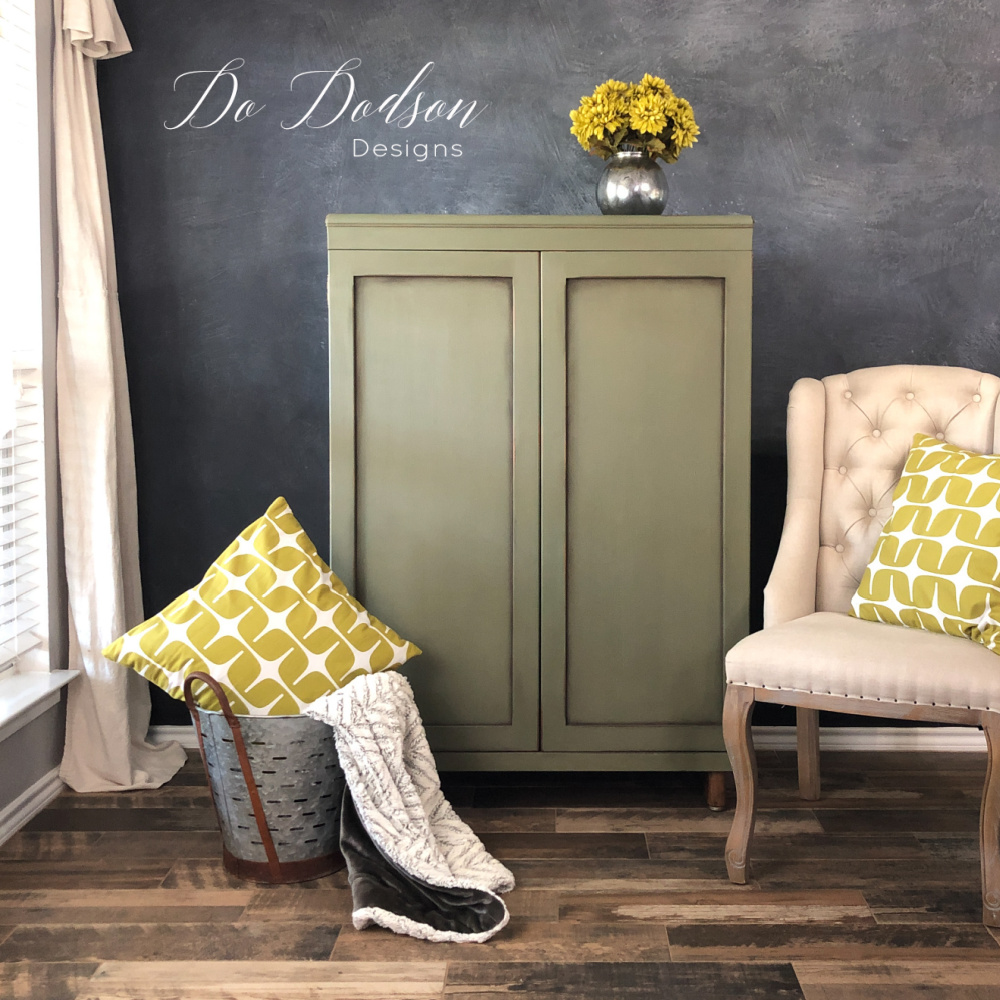
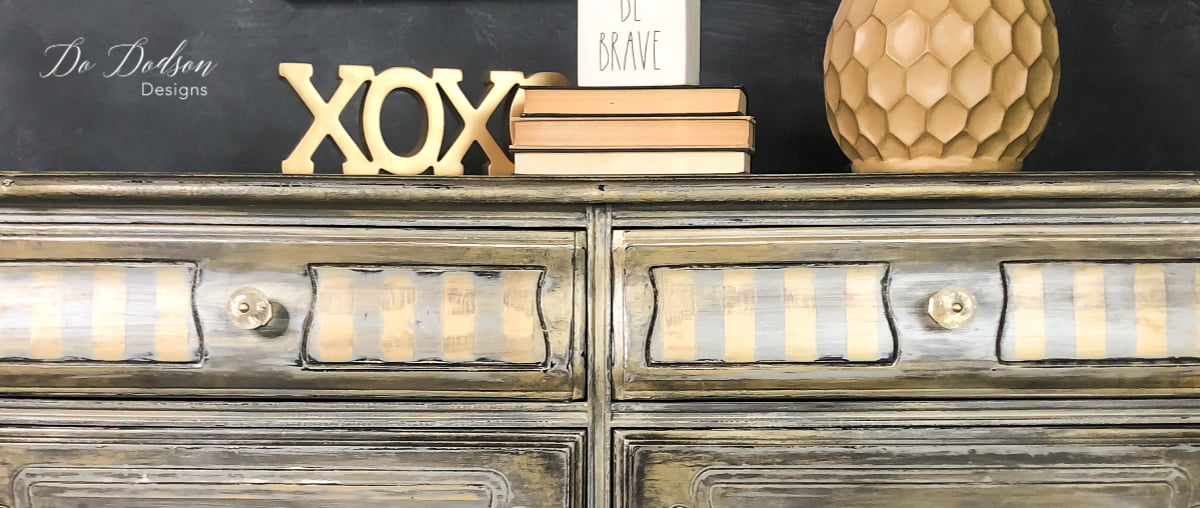
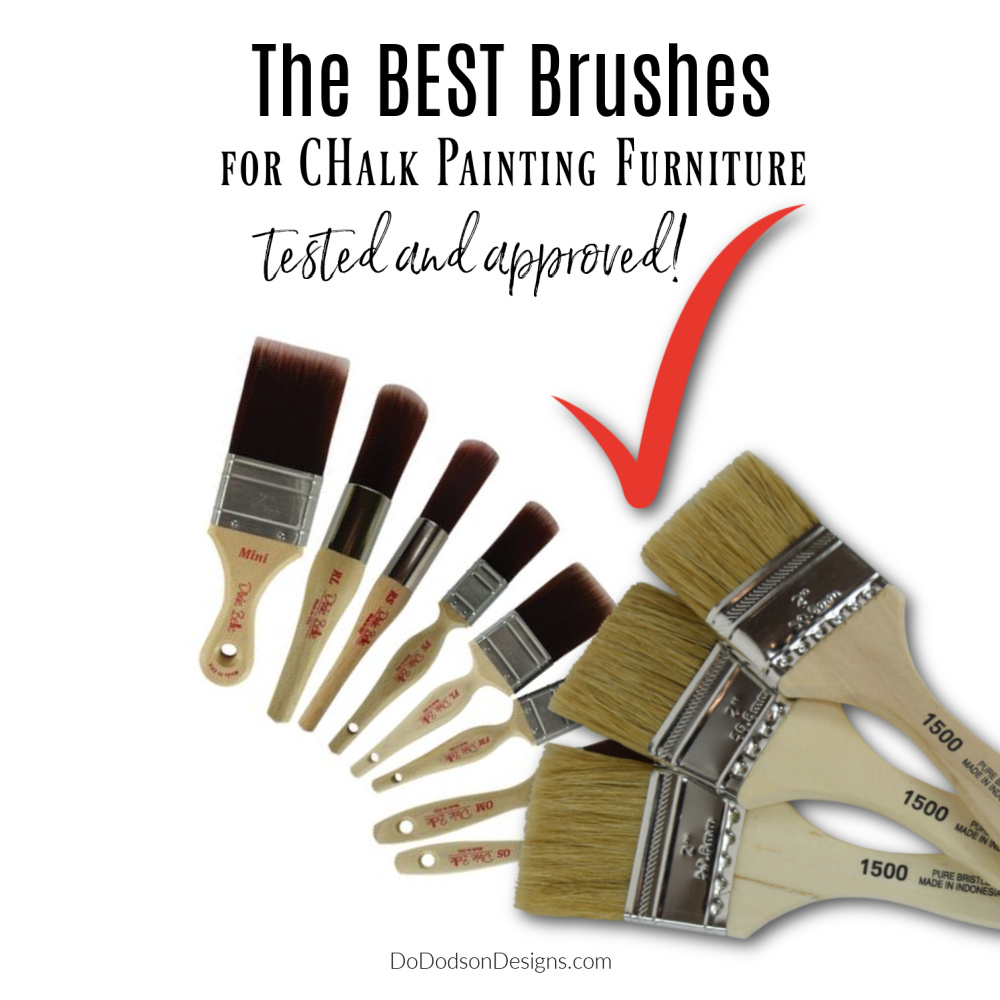
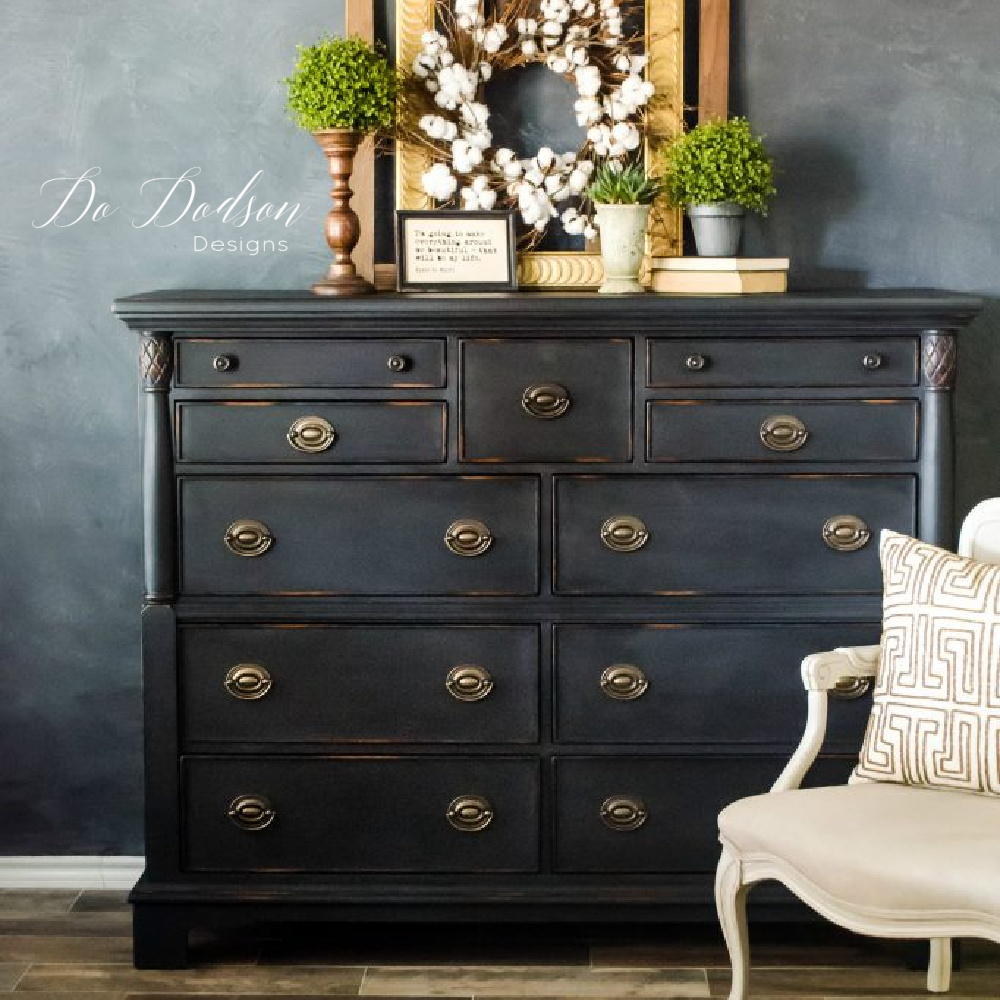
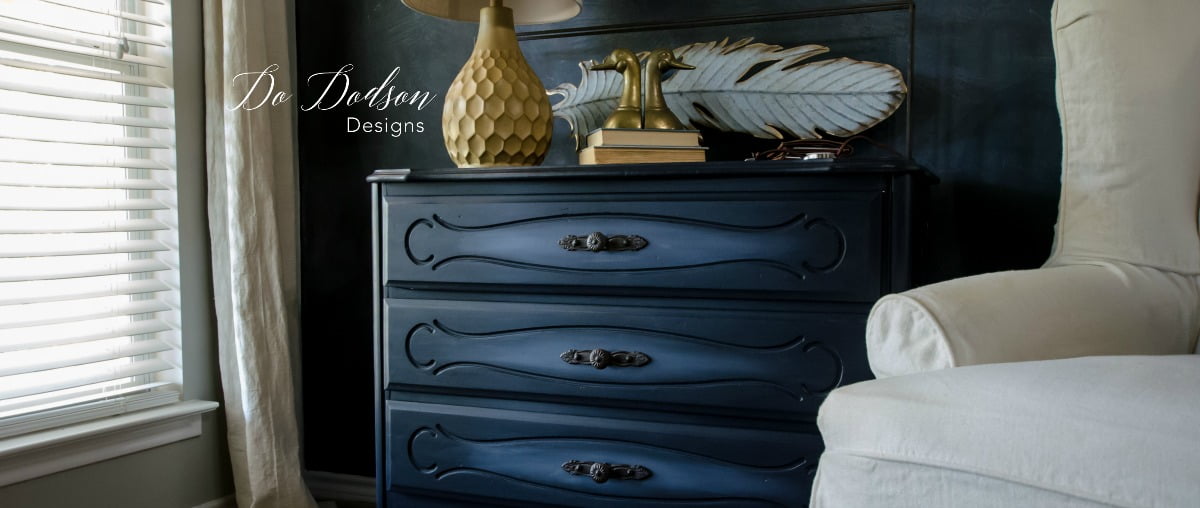
Amazing work, Donna, as always. The piece of furniture just turned awasome. Thank you for the wise tips and tutorial, this surely needs pratice! Have a great week and keep safe.
Hey Val! You’re welcome! Keep practicing and have a super week. 🙂 xo, Do
This makeover put a smile on my face! Gorgeous and cheery Do! ???
Thank you, Denise! We all need a little cheering up these days. Take care my friend and stay safe. xo, Do
That is so pretty and it looks sooo vintage! I just love it!
Thank you, Shirley! I’m pleased with the way it turned out. I wasn’t so sure when I grabbed that yellow. LOL xo, Do
Thanks for the tutorial. It’s beautiful!!
You’re welcome, Carolyn. xo 🙂
Hi Do! I love the way you put the little flowers appliques on this piece. Great post. Thank you
Thank you, Cheryl! Always a pleasure to hear from you. xo
This is really beautiful! I’m in a quandary as to what to do with an armoire I have. It is oak, very heavy and really plain. There are no details AT ALL except for a narrow metal edge piece down the length of the door. Any ideas?
Hi Diane, so glad you could join me today. Those plain pieces are perfect for stencils, transfers, or decoupage! It’s an easy way to add beauty and detail without a lot of work. Here are a few you might like. Affiliate https://dixiebellepaint.com/belles-and-whistles/rice-decoupage-paper/?aff=80
Stunning! Thanks for posting. I can’t blend. I really have trouble with it. I’m going to try again!
Paula
Hi Paula! Practice makes better. Keep trying and you’ll get the hang of it. 🙂
Thanks for the great tips. It gives me the courage to at least try the technique and practice. Blending adds so much sometimes.
Hi Joanne! It can be time-consuming in the beginning but once you learn the technique, it goes rather quickly. Good luck and keep practicing. 🙂 xo
One of these days I’m going to actually try this technique instead of just reading about how to do it!😂😂 Thanks for all the inspiration Do!
Hey Cindy! I LOVE reading about other makeovers, and I often say I need to try that, and it never happens. It seems to disappear into the space in my head. LOL Thanks for stopping by. Have a fantastic day, my friend. Xo 🙂
Hey there Do, I just found you and subscribed to your email posts. Amazing work, just getting my feet wet on furniture makeovers and learning a lot from you. YELLOW. …Is my favorite color- but challenging in decor as well as fashion (and hair color). This piece I. am. obsessed.
🤣 You made me laugh out loud with the hair color comment, Elaine. Been there. Now it’s gray. 👵🏻 I’m so glad you found me. I love sharing my journey. In this crazy world it’s the one place I can get lost in and be myself.
Looking forward to hearing about your projects too. 🙂
Love love that sunny color! Beautiful!
Thank you, Ms Donna. It brightens the room like nothing else can.💛 Thanks for reading.😘
Beautiful post! I love blending paint and then I found this blending brush by Crys Dawna GAME CHANGER!!! The Crys’Dawna Brush – Daydream Apothecary You can order it on etsy Truly it is amazing. An no I have no skin in this game just sharing.
Thanks for sharing this, Gail. I love my some Crys’Dawna. We go waaaaaay back. I’ll go look right now. 🙂 😘
This is so pretty! I love it!
Thanks, my friend. Have an amazing week. 😘
It’s beautiful…as always on everything you do
Thank you! I appreciate you reading my blog. 🙂 It’s a pleasure to share with you. xo Do
The color is Awesome. A breath of Sunshine
Thank you so much! 😘xo
I love, love this color. If I saw it in a can I would say no way but it just works.
It’s a fun color to play around with. 🙂
One of these days…..I’m going to give this technique a try! haha! Have a great week Do 🙂
😁 It’s pretty fun when you play around with paint. Have a great rest of your week too, Cindy. 😘
Thank you so much for all you do to walk us through the process! I’m late to the party, but recently found you and am loving all the tips! That piece is absolutely beautiful…I have to add that I love your hair! I’m on the same journey with similar coloring and can’t wait until it looks like yours (7 months in). I’m so glad I found you! I’m working on a piece now that I need that for and am going to order now. Thanks 😊 Jada
Hi Jada! Welcome! 🙂 I’m so glad you found me. I have so much more to share with you. And welcome to the silver club! It’s so very liberating. xo Do